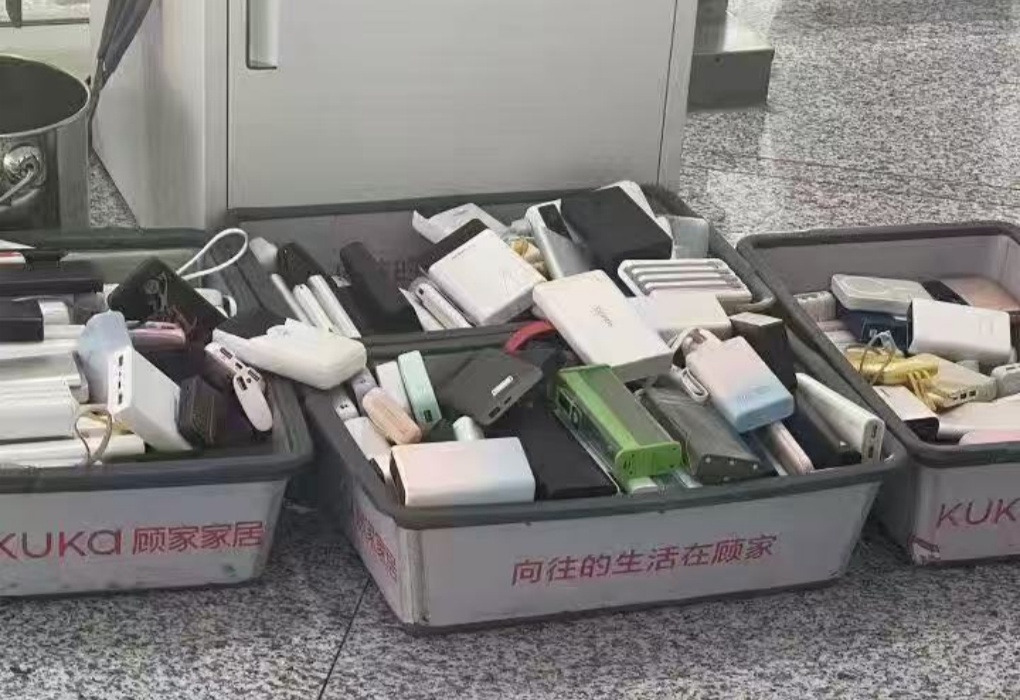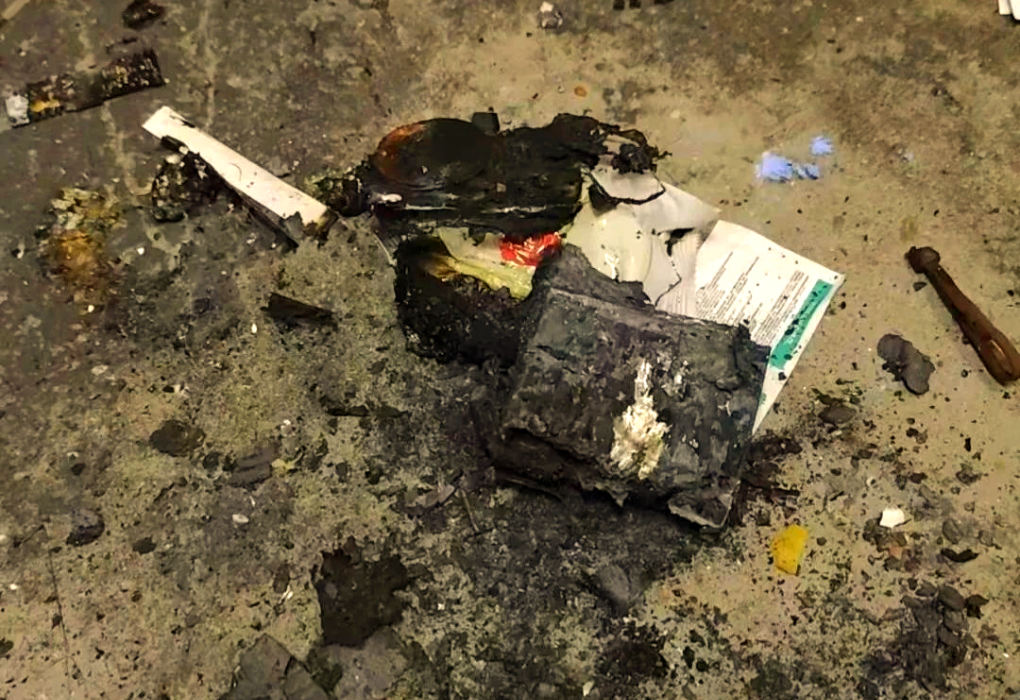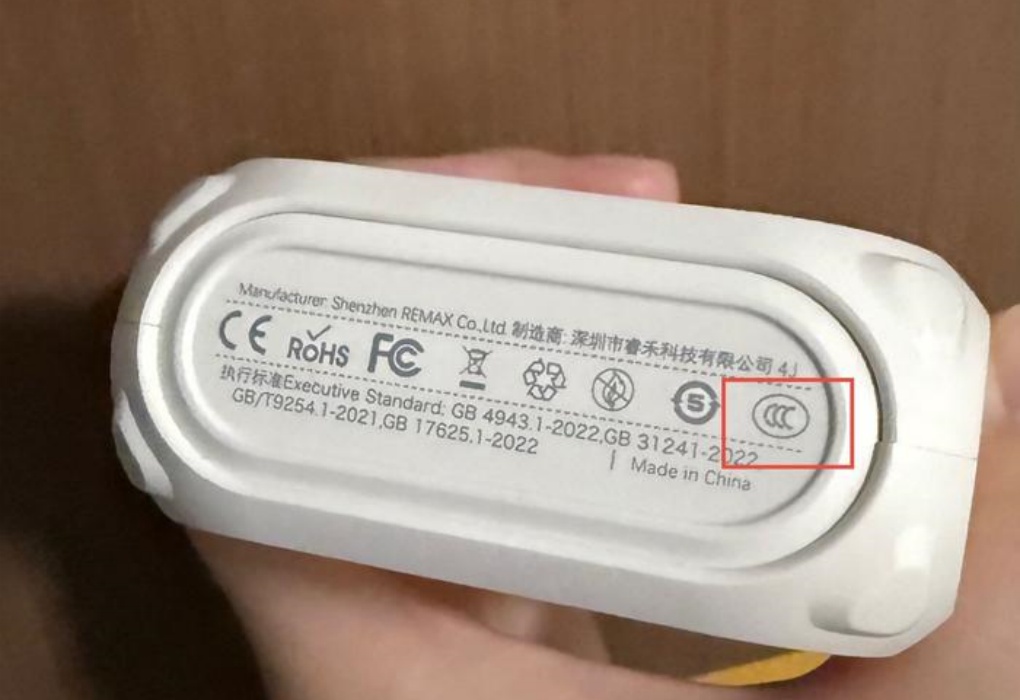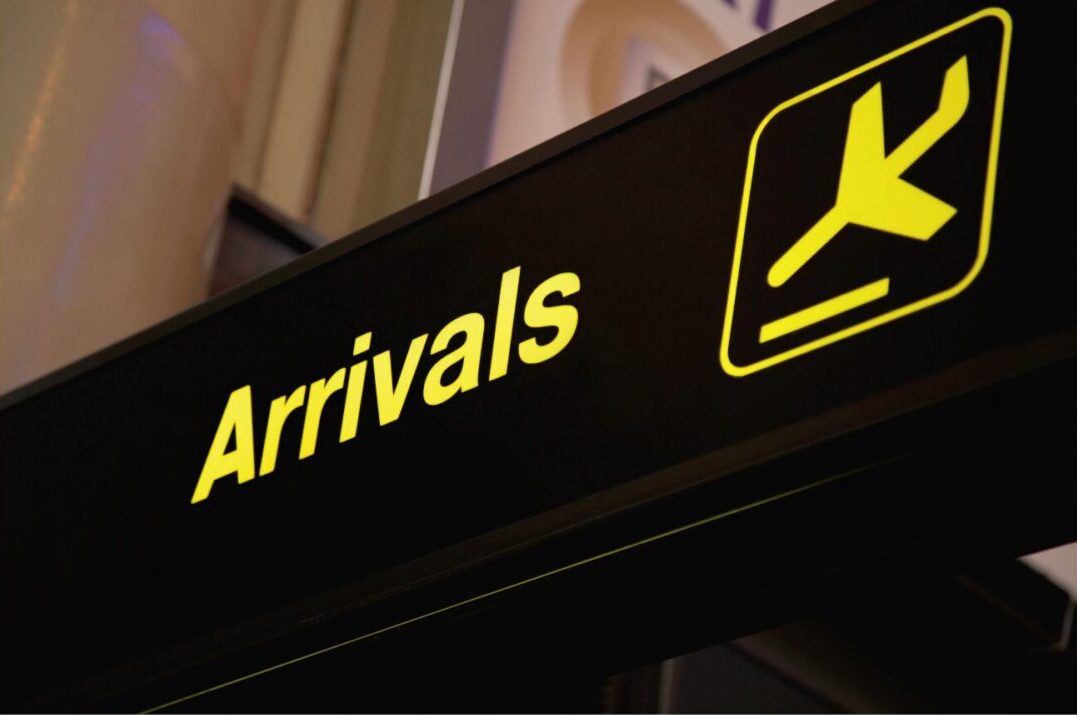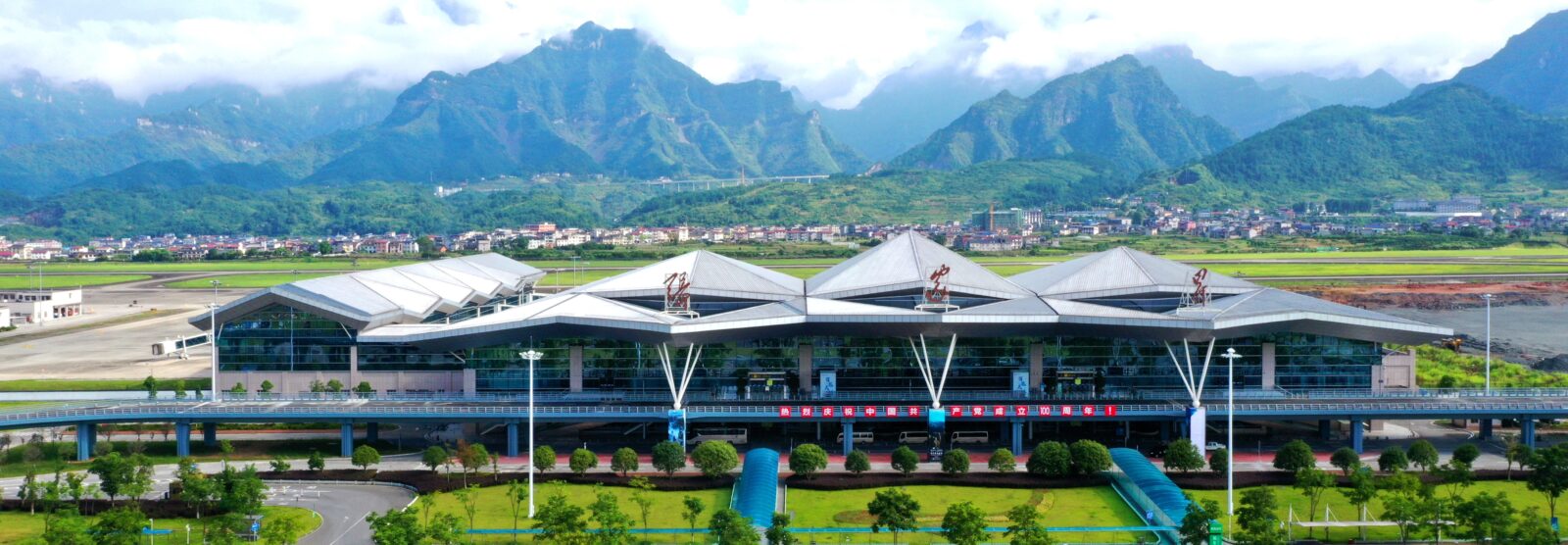At airports across China, uncertified power banks are getting confiscated—and most tourists have no clue why.
Heading to China with a power bank in your bag? Better check twice. Since mid-2025, airports across China are cracking down on chargers without 3C certification—and if yours isn’t approved, it could be confiscated on the spot. That includes plenty of models bought overseas, even from trusted brands.This quick guide will save you the hassle. We’ll explain what china power bank rules actually require, what the 3C mark looks like, and why manufacturing details on your device suddenly matter. You’ll also find up-to-date tips on where to buy a safe model, both inside China and from abroad. Whether you're on a business trip or a backpacking tour, one thing’s for sure: you don’t want to run out of power—or get stuck at security. Let’s make sure your charger clears the gate.
From July 2025,Non-3C Power Banks Banned on China Flights
- Power bank confiscated at the airport
- Power Bank Explosion Incident
- Power bank with 3C certification
China Bans Non-3C Power Banks on Flights
Flying into China with a power bank? You’ll want to double-check its label. Recently, to ensure aviation safety, the Civil Aviation Administration of China (CAAC) issued an urgent notice: starting from June 28, passengers are prohibited from bringing power banks without a 3C certification mark, with unclear 3C labeling, or from recalled models or batches on domestic flights.
So, what’s going on here? China’s Civil Aviation Administration (CAAC) didn’t launch a brand-new law overnight. The 3C rule for portable chargers has technically existed for years. But since a wave of fire-related incidents in early 2025, enforcement tightened drastically. Airport staff now actively scan for unlabeled or foreign-market power banks, especially those exceeding 20,000mAh. You may be asked to remove the device, show it clearly, or discard it if it fails inspection.
3C Power Bank Rules Apply to Everyone—Even Tourists
You might assume these regulations only apply to locals. But here’s the catch: foreign travelers get zero exemptions. Whether you're on a business visa or stopping over in Shanghai for 48 hours, you’ll be treated the same. The CAAC's regulations are national, and security staff rarely make exceptions for international visitors.
That means your well-reviewed Anker or RAVPower device could still be denied. Many models sold abroad, especially those in the US or Europe, lack the required 3C mark. China’s airport personnel are trained to spot non-compliant chargers—even if they look brand new. And they often don’t care whether it’s working fine or if you claim it’s safe. No 3C logo? You’re probably going to have it confiscated.
What Is 3C Certification and Why It Matters for Travelers
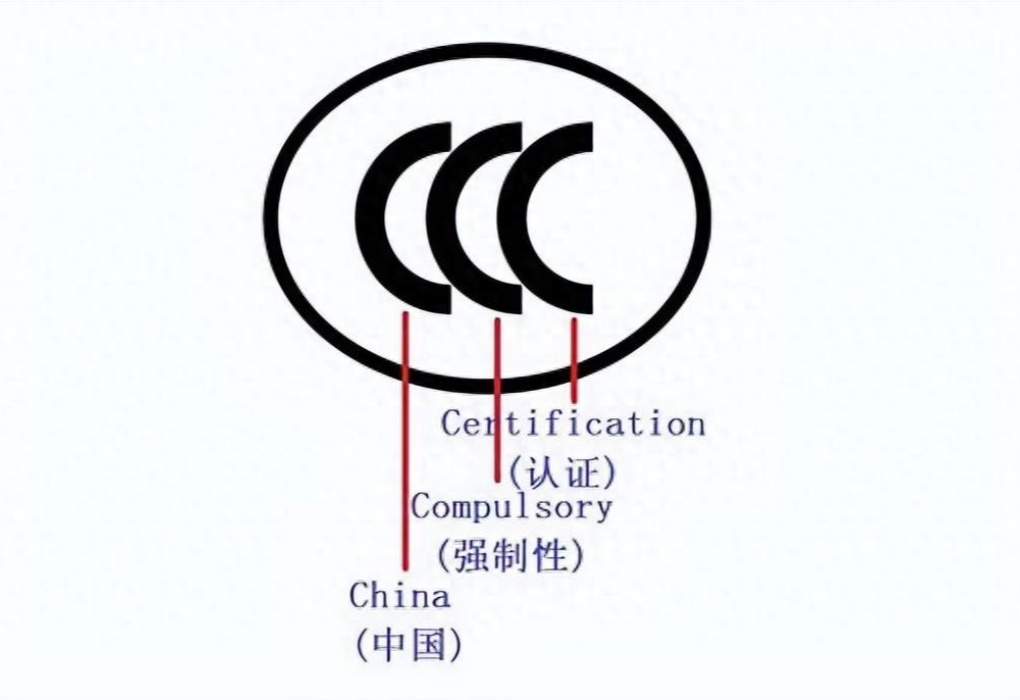
What Is 3C Certification
The 3C mark stands for China Compulsory Certification
It’s like the country’s safety seal. You’ll find it on electronics, toys, car parts—even power banks. If a product is sold in China and could affect consumer safety, it must pass this check. That includes every single china power bank carried on flights or sold in local stores.
Think of it as China’s version of CE (in Europe) or UL (in the U.S.). The certification ensures that the product meets national safety standards, especially for battery voltage, fire protection, and overload control. That’s why airlines trust this mark. Without it, there’s no guarantee the battery won’t overheat or catch fire mid-flight—hence the airport clampdown.
How to Check If Your Power Bank Has 3C Approval
Don’t take chances at airport security—even big brands like Anker or Xiaomi can have uncertified versions sold abroad. Here's how to confirm your power bank meets China’s strict 3C rules:
Look for the CCC mark: It must be printed or molded directly on the power bank, not just a flimsy sticker. Real 3C logos usually have a 3D effect or holographic detail to prevent counterfeits.
Check online via the CQC database, where you can enter the manufacturer’s name or certificate number to verify authenticity.
Use the official verification app: Download “认证认可信息查询” from Chinese app stores. It supports English and lets you scan barcodes or enter model numbers
If that sounds too complex, just buy a new charger after landing. A certified china power bank from Xiaomi, Anker, or Baseus is cheap, reliable, and always labeled clearly. Plus, you won’t waste time worrying about airport security or language issues. For first-time visitors, this route is the easiest—and the safest.
Which Power Bank Brands and Manufacturers Comply with China’s 3C Rules?
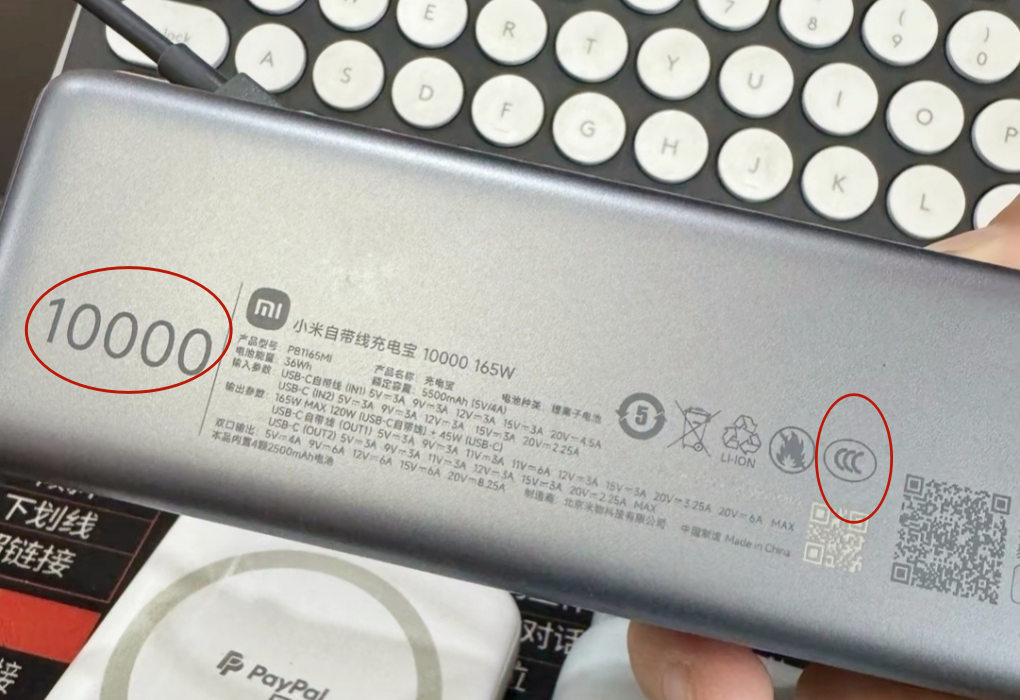
Xiaomi power bank
Best 3C Power Bank Brands to Use in China
Fortunately, several major power bank manufacturers now comply with China’s updated 3C rules, clearly labeling their certified models with the official CCC mark. Below are the most reliable 3C-certified brands for travelers in China:
Xiaomi: As of January 1, 2024, all Xiaomi power banks are 3C certified. The certification is printed directly on the product shell and packaging. Their “Pro” series is especially popular for travel, with sleek designs, high-speed charging, and USB-C compatibility.
Ugreen: Ugreen emphasizes 3C compliance in product listings and packaging. Their chargers are compact, affordable, and reliable for everyday travel needs.
Anker: Most PowerCore models are 3C-certified, but some recalled batches lost certification due to battery issues. Always verify the code and labeling when buying in China.
Baseus: Baseus achieved full 3C certification coverage by August 2024. Models often include LED screens, built-in cables, and multiple ports—great for multitasking travelers.
Pisen: A longtime Chinese accessory brand, Pisen’s power banks meet 3C standards and are widely available in stores and online.
Huawei: Huawei’s chargers pass internal safety testing and national certification, offering reliable, high-quality options with USB-C support.
Philips: Models like the DLP2227B/93 meet China’s 3C requirements, minimizing overheating risks and supporting safe in-flight use.
Why 20000mAh Is the Sweet Spot for Travel?
Wondering what size is too much? Here’s the golden rule: in China, airlines allow power banks up to 20,000mAh without any special approval. This has become the unofficial sweet spot for travelers who want enough backup power but don’t want to get stuck in a security mess. If your china power bank is clearly labeled and under that limit, you’re good to go.
Why not more? Batteries above 20,000mAh require airline permission—and most tourists don’t even know that. Security staff at Chinese airports are trained to look for exact numbers, not rough guesses. If your charger says “22000mAh” or has no number at all, expect questions. That’s another reason to stick with reliable brands like Xiaomi or Anker, which print full details right on the shell.
Also, let’s be honest: for daily travel, 20000mAh is more than enough. It charges your phone multiple times, powers tablets, and even helps with portable fans or handheld translators. Anything bigger adds weight, risk, and cost. For most visitors, choosing a certified, mid-size china power bank is the best call—both for convenience and peace of mind.
Where and How to Buy a 3C-Certified Power Bank
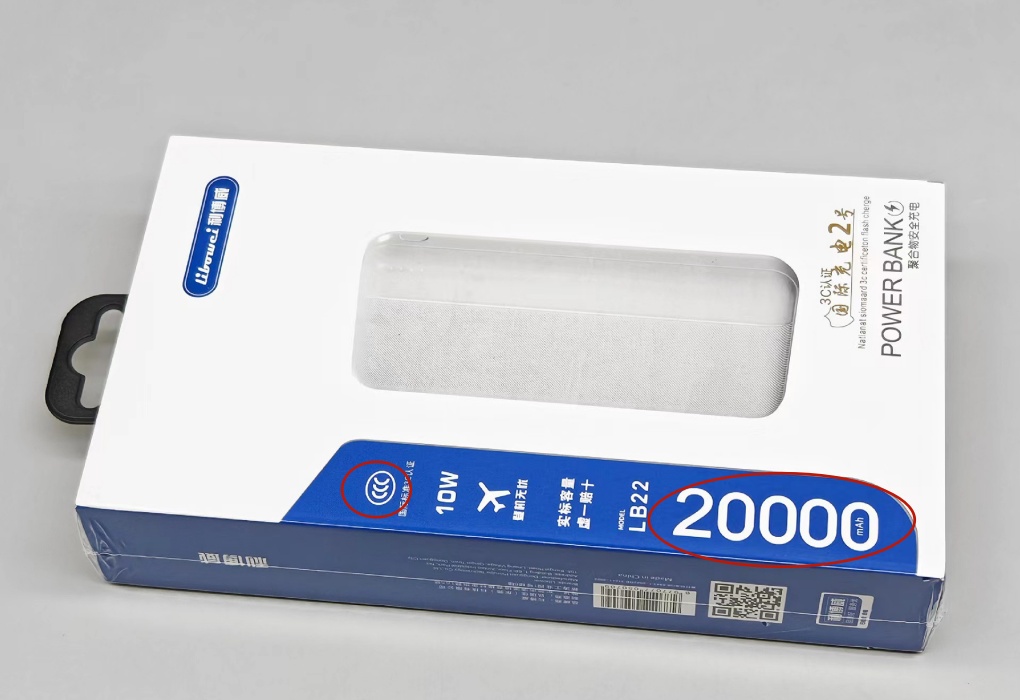
20,000mAh power bank
Buying in China: Meituan, JD, Taobao & Airport Stores
If you land in China without a certified china power bank, don’t panic. You’ve got options—fast ones. Meituan Flash Buy, JD Hourly Delivery, and even airport convenience stores sell 3C-approved chargers from Xiaomi, Anker, and Baseus. Delivery apps work in English and accept foreign cards or Alipay Tour Pass.
These apps can send power banks to your hotel, hostel, or even a train station. Meituan Flash gets items to you in under 60 minutes in most cities. JD offers same-day delivery with real-time tracking. Taobao also works, but you’ll need some basic Chinese or translation tools. If you’re in a rush, just visit a convenience store like 7-Eleven, Lawson, or FamilyMart. They often stock travel-safe power banks with visible CCC marks.
Buying Overseas: Amazon, Xiaomi Global, Anker Official
Still abroad and wondering if you can buy a china power bank ahead of time? Maybe. Amazon, Xiaomi Global, and Anker’s official website do sell models that match Chinese specs. But here’s the issue: they rarely mention 3C certification in the product description. And if that CCC mark isn’t on the actual charger, it won’t pass at Chinese airports.
So what can you do? First, contact the seller before you buy. Ask if the device is 3C-certified for use in China, and request photos of the label. Second, avoid listings with vague specs or no real brand name. If it’s just “20,000mAh portable charger,” skip it. Look for models with a known Chinese-market code—like Anker A1271—or mention of “CN version.”
In most cases, unless you’re buying from a seller who specializes in Chinese imports, it’s better to wait. You can find cheaper, safer, and faster options once you land. Buying overseas only makes sense if you can see the CCC mark upfront, or you’ve used the same model on a previous China trip with no issues.
Should You Wait Until You Arrive in China to Buy One?
Short answer? Yes—especially if you're unsure about your current power bank. Buying a china power bank after arrival solves a lot of problems. You don’t have to research certification, worry about fake products, or risk losing it at airport security. With JD, Meituan, and airport stores everywhere, you can buy one in minutes.
Also, domestic versions are made with local rules in mind. That means clearly printed specs, approved voltage limits, and proper manufacturing details in Chinese and English. If anything goes wrong, customer service is easier to reach, especially on local platforms. Plus, you won’t have to translate packaging just to check if it’s legal.
Still choosing a power bank? These recommended models all meet China’s 3C travel rules.
Quick Checklist Before Boarding with a Power Bank in China
| Rule / Tip | What It Means | Why It Matters |
|---|---|---|
| Carry-on Only | Power banks must be in hand luggage | It’s strictly banned in checked bags |
| Capacity ≤ 20000mAh | No airline approval needed under this limit | Anything above requires paperwork |
| Max 2 Units per Passenger | Don’t carry more than 2 power banks | More than two may get rejected at security |
| Must Have 3C (CCC) Certification | Look for the “CCC” logo and manufacturer details | No logo = not allowed, even for big brands |
| Remove at Security Check | Take out your power bank during X-ray screening | It helps avoid delays or extra inspection |
| Don’t Assume Brand = Approved | Anker or Xiaomi ≠ safe unless it has 3C certification | Only China-certified versions are airport-compliant |
Frequently Asked Questions (FAQs)
Q: If my power bank gets confiscated at the airport, can I keep it somehow?
A: Usually no, but in rare cases, yes—it depends on the airport. Most major airports in China won’t return a confiscated china power bank once it’s flagged. If security finds it non-compliant, they’ll ask you to sign a disposal form. They won’t store it or hold it for pickup later. But some smaller airports or train stations offer a paid storage or mailing service. You can ask if there’s a “temporary item claim” counter nearby. Sometimes staff will offer to let you mail it back home, but you’ll need time, Chinese ID info, and a shipping app. Realistically, unless it’s very expensive or sentimental, it’s better to let it go. If it’s still at check-in and not yet inspected, you could try transferring it to a friend or your hotel front desk. But once it enters security’s hands, it’s usually gone. To avoid this, always check for the 3C mark before you fly.
Q: Can I charge multiple devices at once with a china power bank?
A: Yes, most china power banks support charging more than one device. Just make sure the model has at least two output ports. Some have built-in cables which makes things even easier. That means you can charge your phone and earbuds together, no problem. But remember, the power gets shared between devices. Charging will slow down if you plug in too many things. Look for models with PD or QC if speed matters to you. Brands like Baseus or Anker often offer fast charging options. Also, make sure the battery size matches your needs. A 10000mAh power bank might not get you far if you’re charging a phone and tablet. Go for 20000mAh if you want to stay safe. Don’t forget to check if the ports match your cable types. USB-C is common in newer models, while older ones may only have micro USB. It’s all about matching your gear to the right ports.
Q: What if I lose or break my power bank while traveling in China?
A: It’s really not a big deal if your charger gets lost or breaks. You can easily get a replacement almost anywhere in China. In big cities, head to a convenience store like Lawson or FamilyMart. They usually sell small travel power banks near the counter. You’ll also find Xiaomi stores or electronics booths in malls. But for the fastest option, open Meituan or JD on your phone. You can order a new power bank and have it sent to your hotel. Delivery usually takes under an hour in major cities. Just double-check that the one you buy has a 3C mark. Don’t risk buying a no-name brand with no label. It might not pass airport checks later. If you’re outside a big city, ask hotel staff for help. Most know how to order one for you on local apps. You’ll be back to full battery before you even unpack.
Q: Do high-speed trains in China allow power bank use onboard?
A: Yes, you can absolutely use a power bank on high-speed trains. There’s no rule against it and many locals do the same. You’ll see people charging phones nonstop on long rides. Some train seats have USB ports, but not all of them work well. That’s why it’s smart to bring your own charger. A 20000mAh power bank will keep your phone going all day. There’s no staff checking your charger, unlike airports. But it’s still smart to bring one that’s clearly labeled. You never know when someone might ask about it. Trains get crowded, and outlets can be hard to find. If you’re not in first class, don’t expect a personal socket. Having a reliable power bank is a real lifesaver for train travel. You’ll need your phone for tickets, directions, and translation apps. Don’t count on plugs—count on your charger instead.
Q: Can I rent a power bank in China if I forget mine?
A: Yes, renting a china power bank is super easy in most cities. Just look for small kiosks near metro stations, airports, malls, or even restaurants. These rental machines are everywhere, especially in places like Beijing, Shanghai, and Chengdu. You scan a QR code, pay a small deposit, and the charger pops out. Most support Alipay or WeChat Pay, and some work with Visa or Mastercard too. You can carry it around, then return it at any station in the same network. Brands like Xiaodian or Jiedian are most common. Some support English menus, others just show icons—but they’re simple to use. These rented chargers usually have 5000–10000mAh and work with USB-C or Lightning. Just make sure you return it within 24 hours to avoid extra fees. Also, these rentals are for city use only. Don’t count on using one at the airport for check-in. They’re great for backup, not for international travel clearance.
Q: Do china power banks support fast charging for iPhones or Androids?
A: Yes, many china power banks support fast charging for both devices. Brands like Anker, Xiaomi, and Baseus often include PD and QC features. PD means Power Delivery, which helps charge iPhones faster. QC stands for Quick Charge, great for Android phones. Most certified power banks now have both options built in. You’ll usually see USB-C ports instead of the older USB-A. Make sure your cable supports fast charging too. Just using a USB-C port isn’t enough by itself. Also, look for models labeled with 18W, 22.5W, or 30W output. Those can charge your phone up to 50% in 30 minutes. But remember, cheap brands may advertise fast charging without actually delivering it. That’s why sticking with certified china power banks is smart. They’re tested and labeled correctly. If you're not sure, search the model number and check reviews. Local stores in China usually know which ones are reliable for both iOS and Android.
Q: If I use a fake 3C power bank, will I get fined?
A: No, you won’t get fined, but it might still be taken away. Chinese airports focus more on safety than punishment. If your china power bank has a fake or missing 3C mark, security staff will likely confiscate it. They won’t issue a ticket or charge a fee. But you’ll lose the charger with no chance of refund. Some fake chargers look like they have labels but don’t meet real standards. They may overheat or lack protection inside. That’s why airports take it seriously. You won’t face legal trouble, but your device won’t go with you. If the power bank looks suspicious or has no clear specs, expect questions. Best move is to only buy from trusted brands with real labels. Even if you bought a fake one without knowing, security won’t accept it. So always double-check before packing, or buy a new one after landing in China.
Want more China travel ideas? Check out our city guides on Beijing, Shanghai, Guangzhou, and Chengdu.
